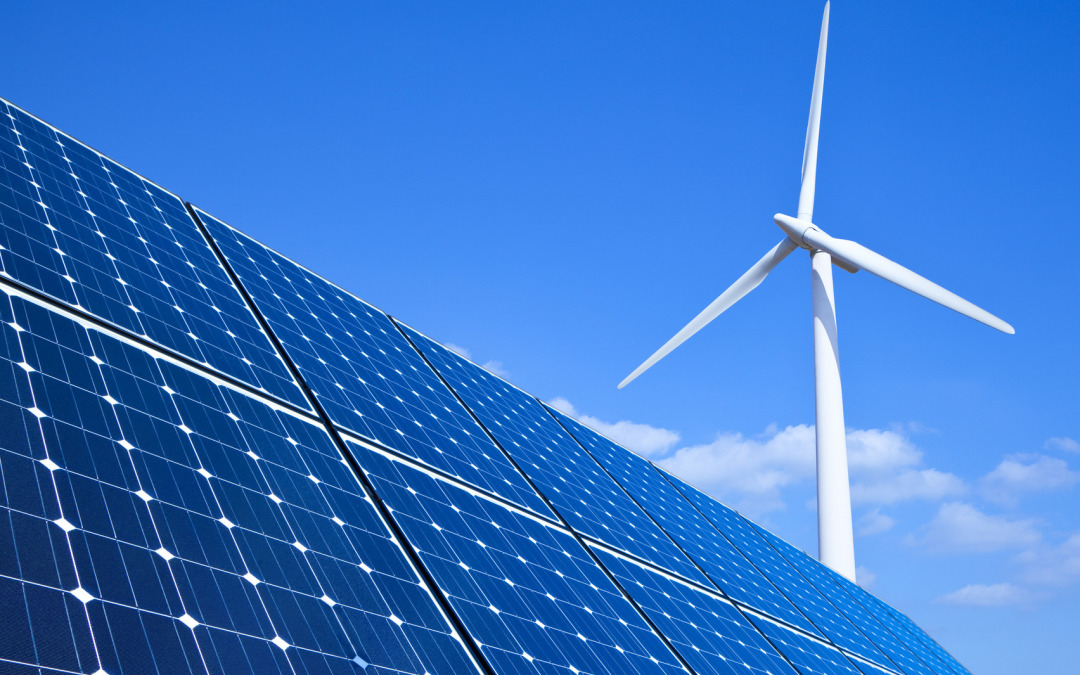Cutting Solar Costs
Solar energy is roaring ahead. The industry goal of becoming price-competitive with conventional electricity is closer to being realized.
In fact, right now, there is an oversupply of solar panels, which is driving prices down. Meantime, manufacturers are working on new technologies that they hope will cut production costs and differentiate themselves. Thin films are among the new materials they’re banking on, though they are less efficient than at converting sunlight into electricity than more traditional silicon panels.
Companies are also entering into new types of partnerships. One manufacturer has partnered with insurance providers to offer insurance for its panels. Customers have the peace of mind of knowing that the panels are guaranteed even if the manufacturer goes out of business.
Interior Department Plans Solar Zones
The U.S. Interior Department has announced that it has identified 670,000 acres of land in six western states as potential locations for solar energy production. Divided into 24 solar energy zones, the land is suitable for rapid development of renewable energy sources and has the potential to produce as much as 100,000 megawatts of solar electricity.
There is some controversy around the land, however, with the ecological sensitivity of the areas in question. Officials are still evaluating the environmental impact of the large solar arrays.
Solar vs. Wind Power for Residential Use
Recent studies have found that on certain landscapes, when comparing small-scale wind turbines to solar panels in residential use, the cost-to-power ratio favors solar.
For instance, one study by CleanTechnica looked at generating 200 kilowatt hours (kWh) per month, which would be ample for a “frugal resident in a tiny house.” A small turbine with three-foot blades generated 20 kWh/month. Purchasing enough turbines to generate the requisite 200 kWh would cost $127,100.
Yet in this same situation a 200 kWh/month solar power system would cost roughly $15,000.
Using small-scale wind power would cost more than eight times as solar to generate the same amount of power. Of course, results would vary based on regional factors including the specific wind patterns and speeds, hours of direct sunlight, and other factors unique to that area.
Sources: RenewableEnergyWorld.com, GreenAndSave.com, Treehugger.com and the American Solar Energy Association, © 2013 Green REsource Council of the National Association of REALTORS®

